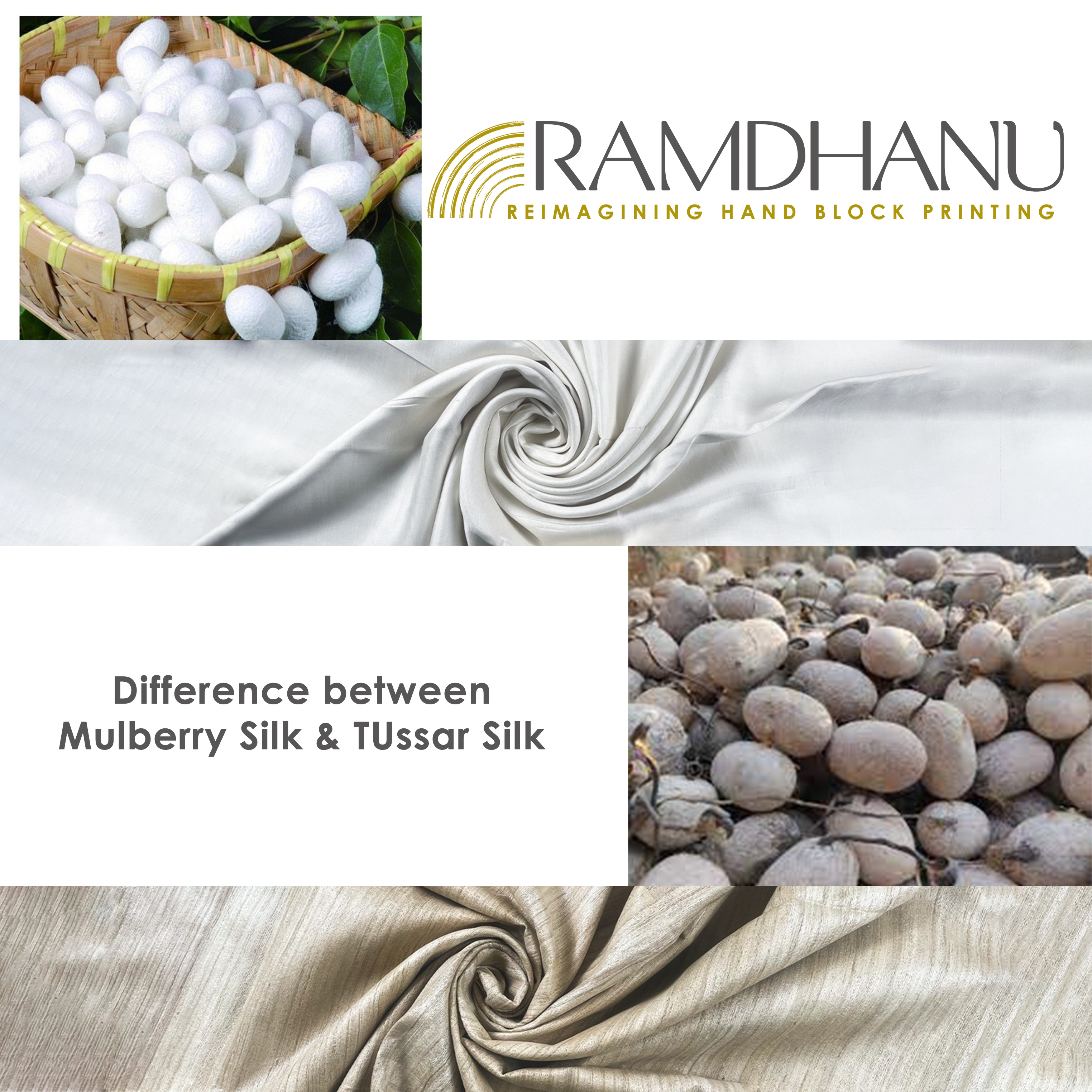.jpg)
How Do You Wash a Tussar Silk Saree at Home
Mar 06 - 2024

Silk is considered one of the oldest fabrics. As mentioned earlier silk was first discovered in China where only Chinese people were using silk. The Chinese people not only used silk for clothing but also for writing. And during the Tang dynasty, the color of the mulberry silk saree wear denoted one’s social rank class.
For a very long period of time, Chinese people kept silk as their secret from the rest of the world. But during the last half of the first millennium BC when the Silk Routes were opened across Asia, connecting the Mediterranean world along with North Africa and Europe, people came to know about the process of silk production. Initially, countries like India and Japan got to know about the science of sericulture which created the eastern monopoly of handloom silk saree production.
As a company based in India, we were thrilled when we got to know about the history of silk in India. Traders from Samarkand and Bukhara introduced Chinese silk cloth to India. Within a short span of time, it gained huge popularity among the royals and aristocrats. Jamawar along with brocade weaving centers were developed in holy Indian cities. Trade centers were also developed due to the excessive demand for silk from royals and temples. The ancient centers were mainly in Gujarat, Malwa, and South India. Brocade weaving centers were mainly in Delhi, Lahore, Fatehpur Sikri, Agra, Mau, Varanasi, Azamgarh, and Murshidabad. On the other hand, Jamawar weaving centers were in Assam, Malwa, Gujarat, and South India.

Mulberry silk comes from the Morus Alba tree. Sarees made from this are also known as pure silk sarees. This type of silk is known for its luxurious quality. It was made popular in China thousands of years ago. Mulberry silk is famous for its buttery feel and benefits for your hair. Mulberry silk is used across the world for everything from silk pillowcases to high-end fashion garments like sarees. It is known for its one-of-a-kind softness. The silk thread is smooth, strong, and uniformly colored. This is why soft silk sarees are the most sought-after textile in the world.

Tussar silk is actually a type of wild silk. It is made from silkworms that eat leaves of the trees like Asan and Arjun. Tussar silk is popular for its natural golden color. In India, Jharkhand & Bihar are the two states that produces most tussar silk. The best thing about tussar silk is that it is lightweight. It has a luxurious touch, hence feels like a charm.
Silkworm, known as ‘bombyx mori’ is the domesticated leaf-eating silkworm egg. The silkworm cocoon is white as the body skin and like lenitive jade. It is considered an advanced raw material for making silk edits.
Tussar is also known as ‘wild silkworm’. These silkworms mainly eat ‘oak leaves’. These silkworms mainly cultivated in the field and one of the most important varieties of wild silkworms. The body skin color of this silkworm is green, and grey. Silkworm cocoon is also grey, blue, or black. They are used to make silk products.
To sum up, we can say that tussar silk is an advanced textile material. Tussar silk is spelt differently around different regions across India. It is also popular as Kosa silk in ancient India. At times, it is also called wild silk and it has a rich texture and blazing gold sheen. Tussar silk sarees are in high demand amongst ladies.
Mulberry silk is the most popular variety of silk produced in India. Mulberry silk is popular for its exquisite and fine quality. It is also one of the sturdiest natural fibers in the world. It carries a lustrous sheen and its smooth richness of material makes it sell like hotcakes. This is the reason why it is always in demand.
We hope that after going through it, you’ll be able to make a distinction between mulberry silk and tussar silk. If you follow the above-mentioned points then buying a mulberry silk saree or a tussar silk saree will become a cakewalk for you. Keep an eye on our blog section as we post interesting topics related to style and fashion every now and then.
We, at Ramdhanu Ethnic, sell both mulberry silk and tussar silk sarees online. We make sure our fashion-loving customers get enough options to choose from. When you buy from us, you always get the best quality. You can keep your faith with us as we know how to make a woman’s wardrobe exciting. We’re blessed with a group of master artisans who make sure that you get the best quality products all the time. Hence, when you buy from us it’s always a win-win situation for both you and us.